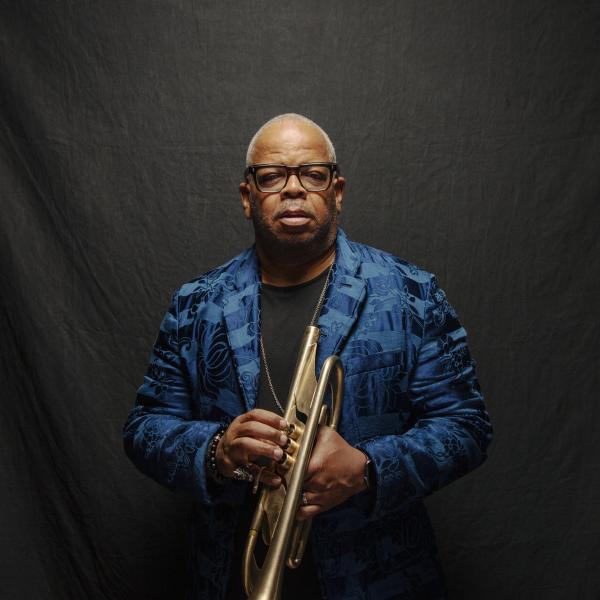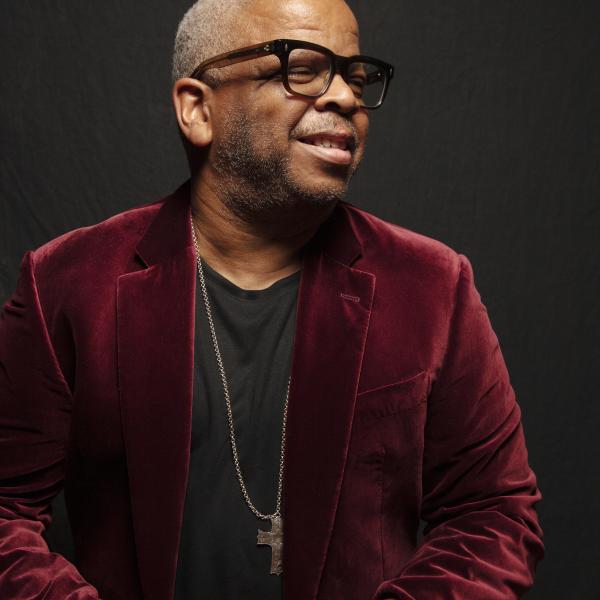Sneak Peek: Kate DiCamillo podcast
Kate DiCamillo: You know, it's always difficult to talk about where a book came from. It's never a straight line. But you're always asked, and you have to come up with an answer. And so, after we were in galleys with this book, I started to think, "Okay, let me go back." And I went back through all my notebooks and notes, and started to think, "Where did it start?" And so much of this book, for me, comes from two things: one, how fiercely I wanted and needed to read when I was a kid. I was very fortunate, in that I had a mother who read to me, and a brother who read to me, but I was desperate to be able to do it myself. And at that point, we weren’t taught how to read until first grade. I think, now, you're taught in kindergarten. So I went off to first grade thinking that I was going to learn how to read on the first day, and not only did that not happen, but I struggled to learn how to read. We were being taught with phonics, and phonics made no sense to me, andI was at wits' end. And I remember coming home from school and weeping to my mother, because this thing that I wanted so much was right within my reach, but yet it was ever receding, because I couldn't untangle the phonics. And I said, "I can't-- I don't understand what they're talking about." And my mother, in her straightforward, no-nonsense way, said, "Well, for the love of Pete, calm down. You're smart. There's got to be a different way to do it. You're good at memorizing things." And so what she did was, she just made me a bunch of flashcards with words on them. Every day, I would come home from school, and my mother and I would go through the flashcards, and she taught me how to read that way. And I felt that, once I could do that, I felt that anything was possible. And also, I felt like I was myself; which is still the way I feel, but that's when I'm most myself, is when I'm reading.




